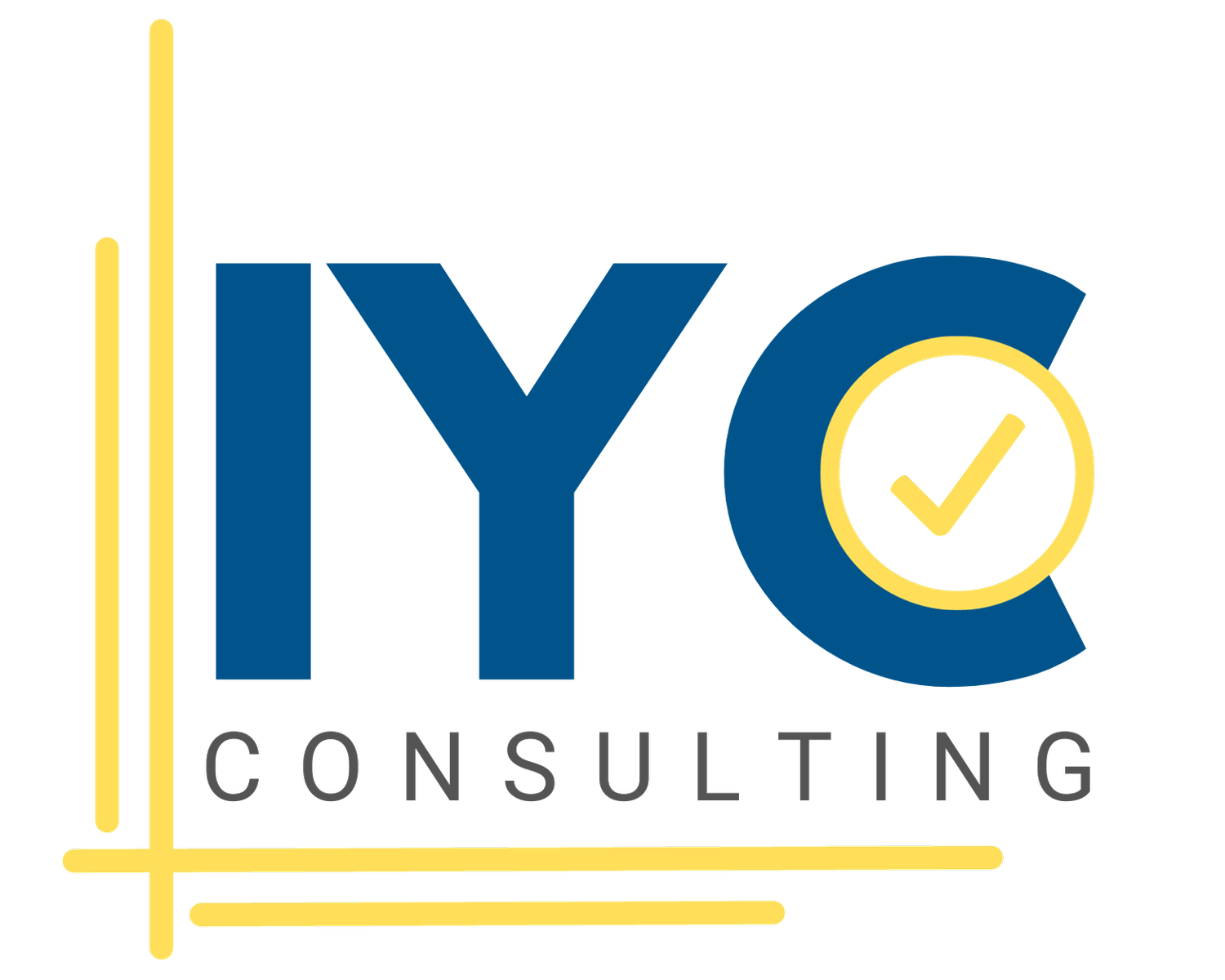Enhancing Care at Home: Optimizing Monitoring and Reporting Systems in Home Health Care
In the world of home health care, monitoring and reporting systems are like the high-precision tools in a craftsman’s kit—essential for delivering tailored, high-quality care. Optimizing these systems is not just about upgrading technology; it's about enhancing the very fabric of patient care in the home setting.
The Heartbeat of Home Health Care: Why Monitoring Matters
Just as a lighthouse provides guidance to ships at sea, effective monitoring systems offer vital guidance to home health care professionals, allowing them to navigate patient care with accuracy and attentiveness.
Real-Time Health Data: Imagine driving without a dashboard. Similarly, real-time health data provided by optimized monitoring systems offers essential insights into a patient's health, acting as a crucial dashboard for caregivers.
Personalized Care Plans: Customizing care plans to fit each patient's unique needs is fundamental, ensuring that care is as specific and fitting as clothes tailored to an individual.
The Art of Reporting: More Than Just Data Collection
Reporting in home health care isn't just about collecting data; it's about creating a detailed picture of a patient's health journey. It involves not just capturing moments but painting a comprehensive portrait that reflects the patient's ongoing health status.
Accurate and Timely Information: Accurate reporting ensures that healthcare professionals are on the right track, much like a GPS provides direction, enabling informed decisions about patient care.
Enhancing Communication: Optimized reporting systems ensure efficient communication among caregivers, patients, and healthcare providers, akin to the harmonious operation of a well-tuned orchestra.
Strategies for Optimization: Turning Data into Action
To truly optimize monitoring and reporting systems, home health care agencies must turn data into actionable insights. This process is similar to a chef transforming raw ingredients into a gourmet meal—both require skill, knowledge, and the right tools.
Leveraging Technology: Incorporating advanced technologies like wearable health monitors or telehealth platforms equips caregivers with the tools needed for precise and effective monitoring and reporting.
Training and Education: Educating staff on the effective use of these systems ensures they can fully utilize the technology, much like how a gardener must know the intricacies of plant care to nurture a garden effectively.
Feedback Loops and Continuous Improvement: Establishing feedback loops provides a mechanism for ongoing reflection and improvement, much like using mirrors to enhance visibility and safety on a roadway.
Conclusion
Optimizing monitoring and reporting systems in home health care is akin to fine-tuning a musical instrument. It’s about ensuring that each note of care provided resonates with accuracy, efficacy, and empathy. In an environment where care is delivered in the patient's personal space, these optimized systems become the bridge that connects the dots between patient needs, caregiver insights, and holistic health management.

